By far the most popular car ever made, present at pretty much everywhere, I believe, there’s not much to talk about the VW Beetle, or VW Fusca as we call it. However, I bet you don’t know its story on the land of the palm trees where the thrush sings. So, after the jump!
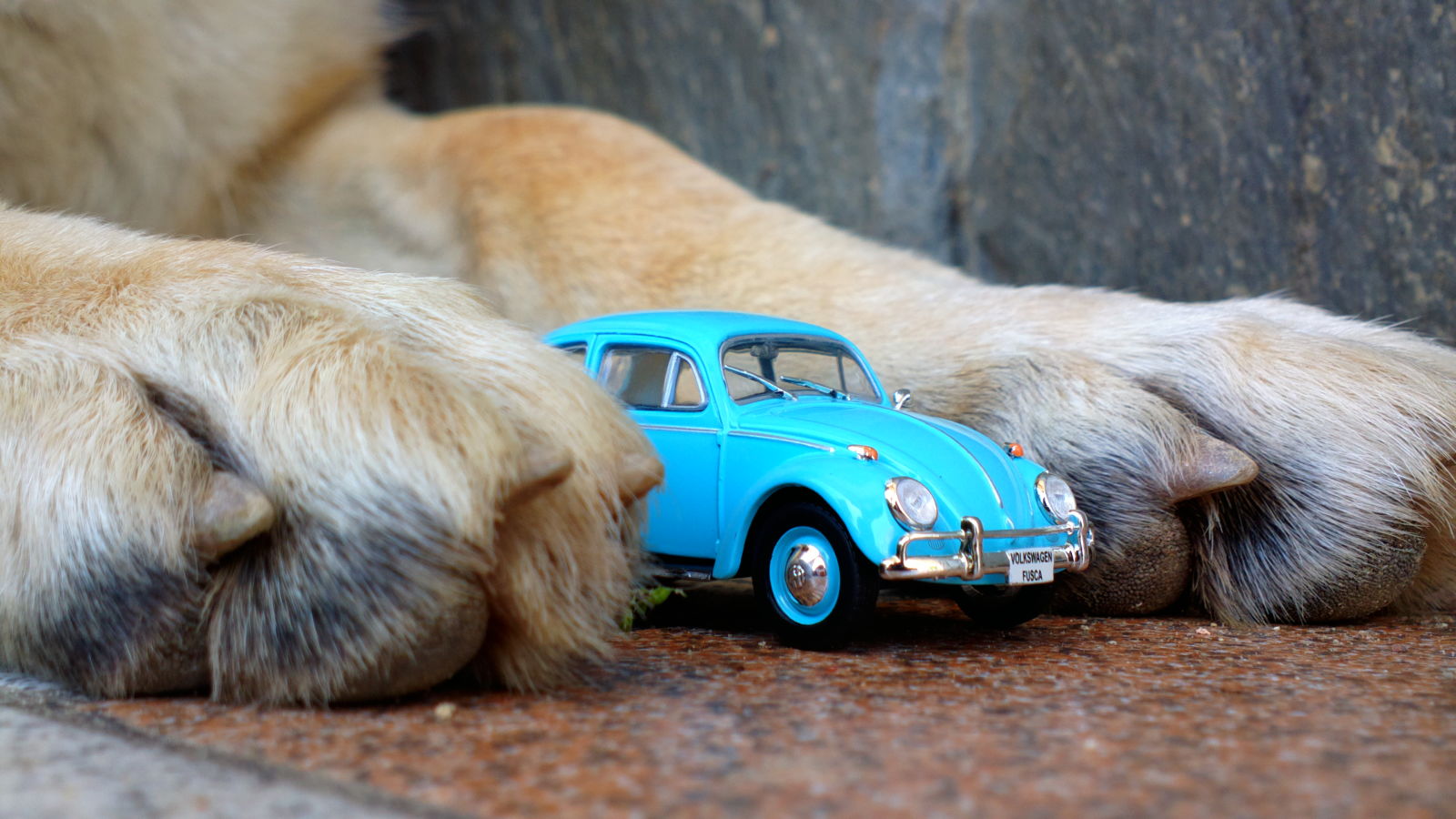
A disclaimer about the title: There’s this thing all Brazilian kids do or did sometime to punch their friends everytime they saw a blue Fusca. First to see it and to shout “Fusca Azul!!!” could punch all their friends in the arm. That makes absolutely no sense, but it made all our road trips more fun (and more painful).
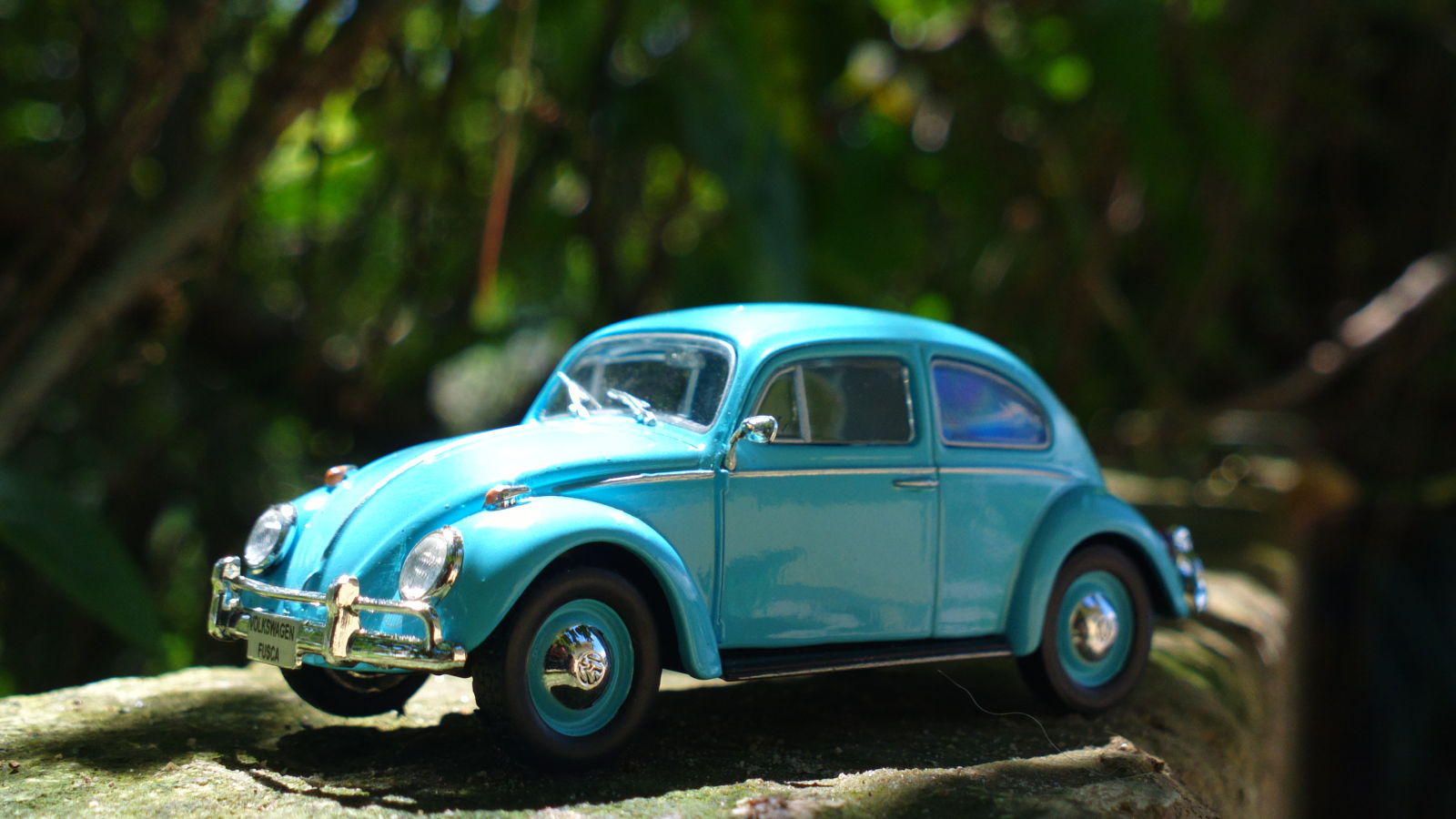
The Beetle’s Brazilian history began very early, in 1950, by independent importation by Companhia Distribuidora Geral Brasmotor (Brasmotor General Dealer Company) which is now Brastemp, in São Paulo. They already built some Chrysler cars for some four years, but they wanted to offer a small car. So they became the first official VW representant here and began building a network of dealerships in key Brazilian cities, that greatly helped VW to establish themselves when they officially started their operations in 1953.
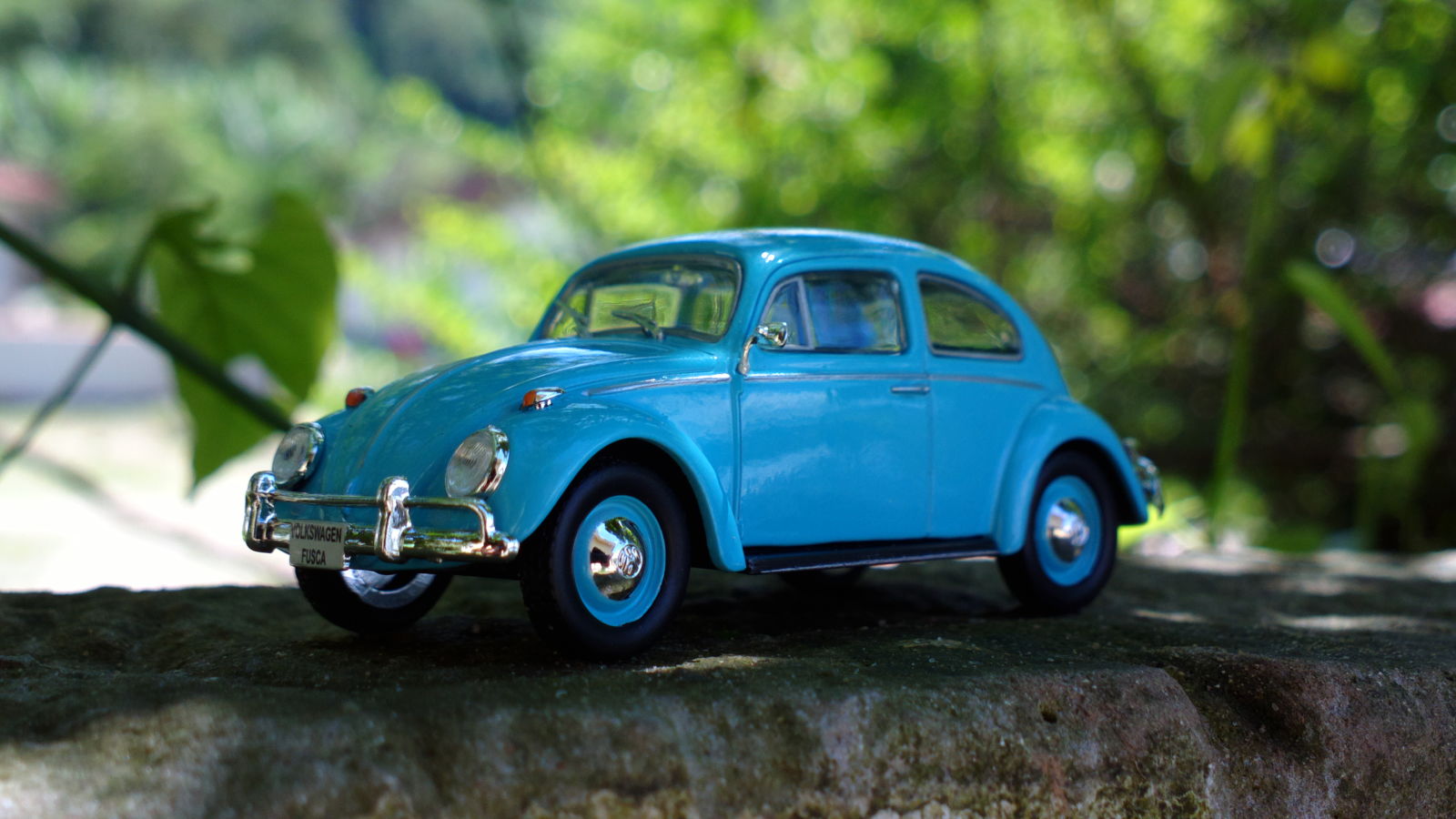
In the first three months both Brasmotor and VW soldBeetles at the same time! However, the first quickly abandoned their automotive plans. VW officially imported Beetles from Germany to here until they began building their first factory in 1956, when they started being made with up to 54% of Brazilian parts. The first full 100% Brazilian Fusca left the factory only in 1959.
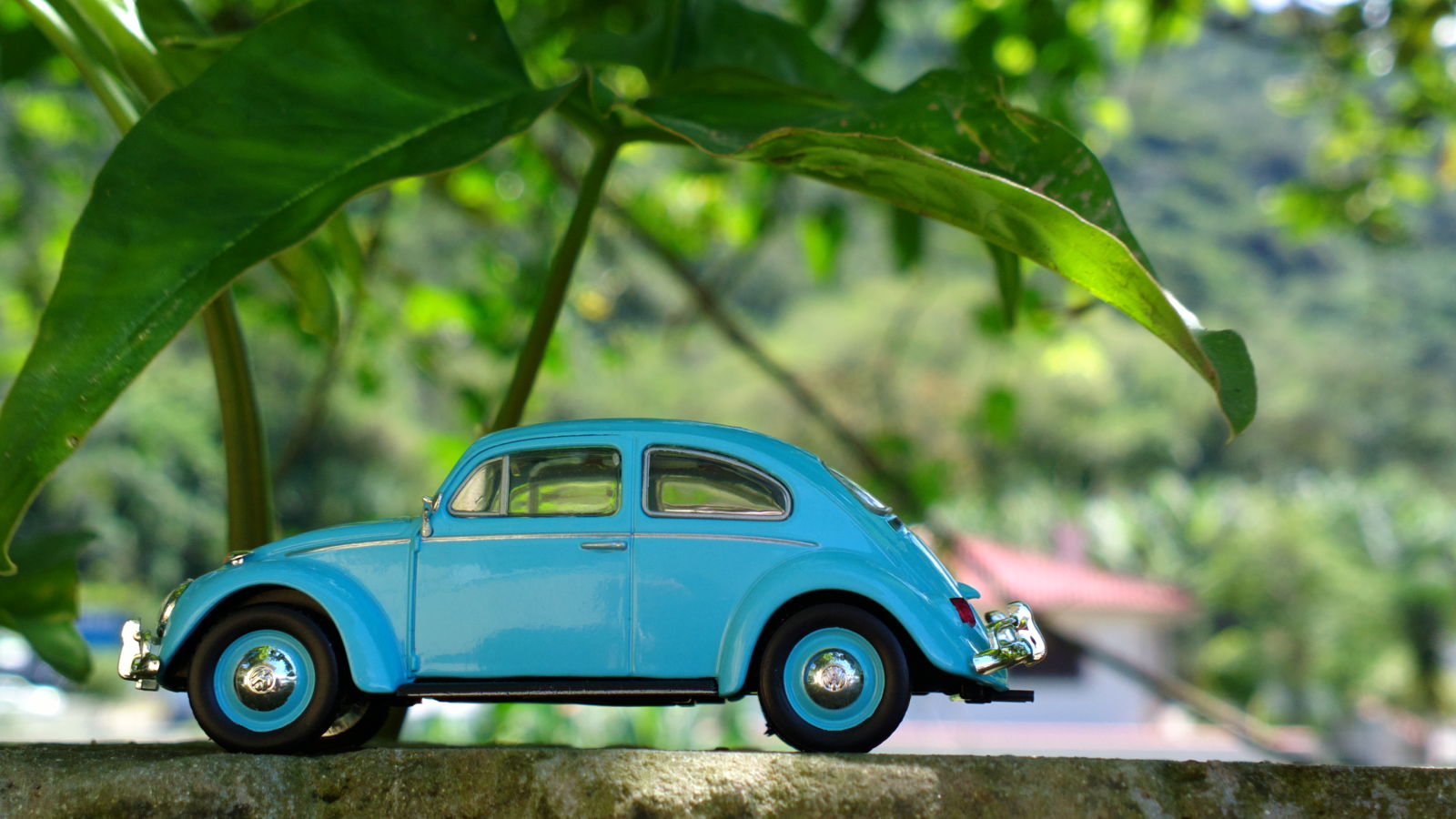
These first 100% Brazilian Fuscas had the same body style as the ‘57 German Käfers with a 1,200 cc (needless to say, aircooled) engine with 30 cv. Those first Fuscas hadn’t turn indicators yet, using small collapsable yellow pillars on the B pillars called bananinhas (little bananas), that were discontinued in ‘60 when it got indicator lights on the fenders. In ‘61 the first gear gained synchronization and in ‘62 it was, by far, the best selling car here.
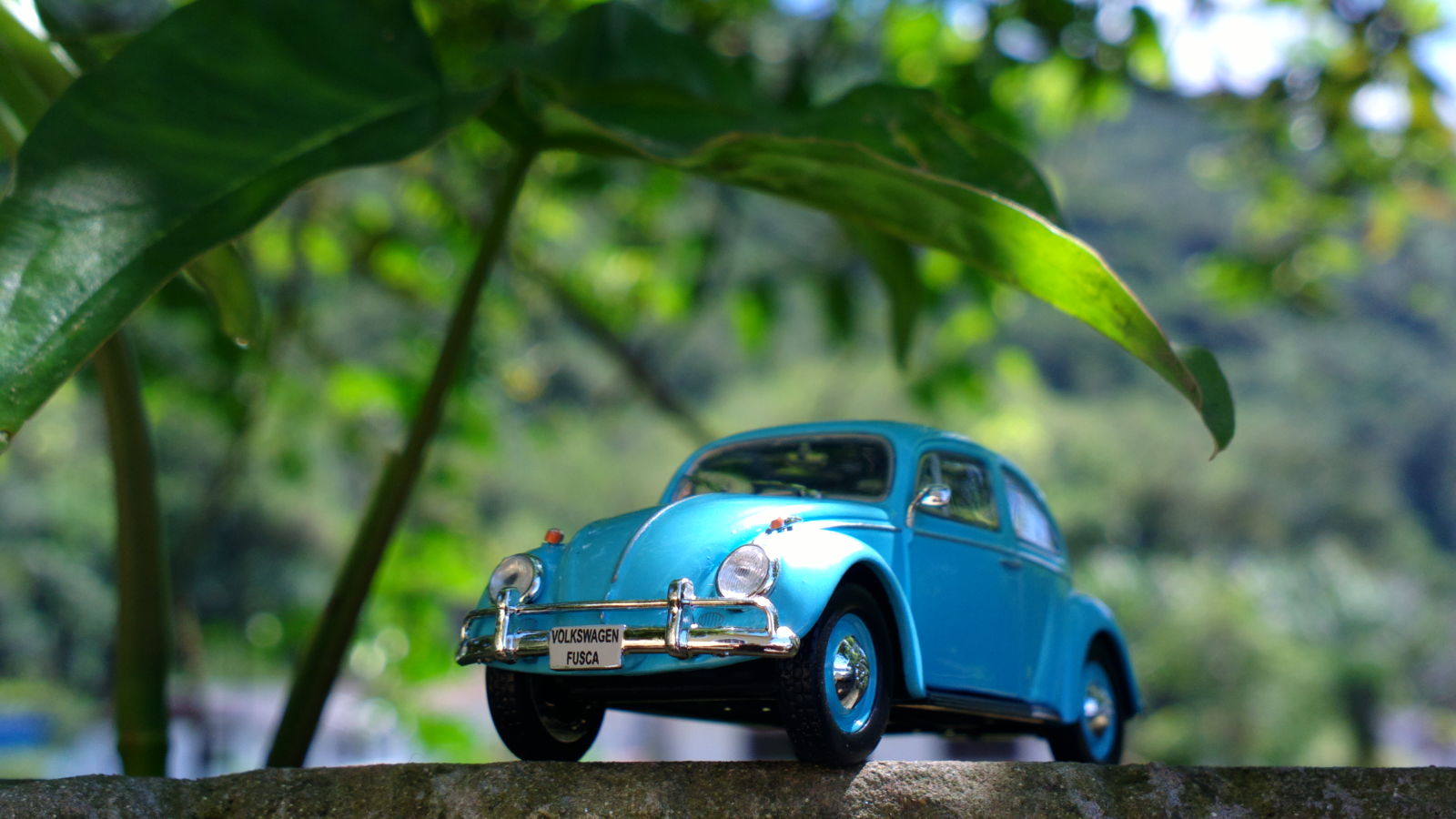
It was easy to see why it sold so much. Cheap, economic, robust to our crappy roads, and easy/cheap to fix, pretty much the same reason as it was the best selling car on Earth, Mars and Pluto. In ‘65, following incentives from our government to have popular cars, the Pé-de-boi (ox foot) version was released (with the Gordini Teimoso, the DKW Pracinha, the Simca Profissional, etc). This Fusca Pé-de-boi had the bare minimum that was required by law: it has no chrome, no interior trim, the cheapest cloth on the seats, no turning lights on the fenders, no glovebox cover lid, no ashtray, no heater, no internal lights, no arm rests, and even no fuel gauge, only a stick on the fuel tank! The list of what it didn’t had was actually even bigger than this.
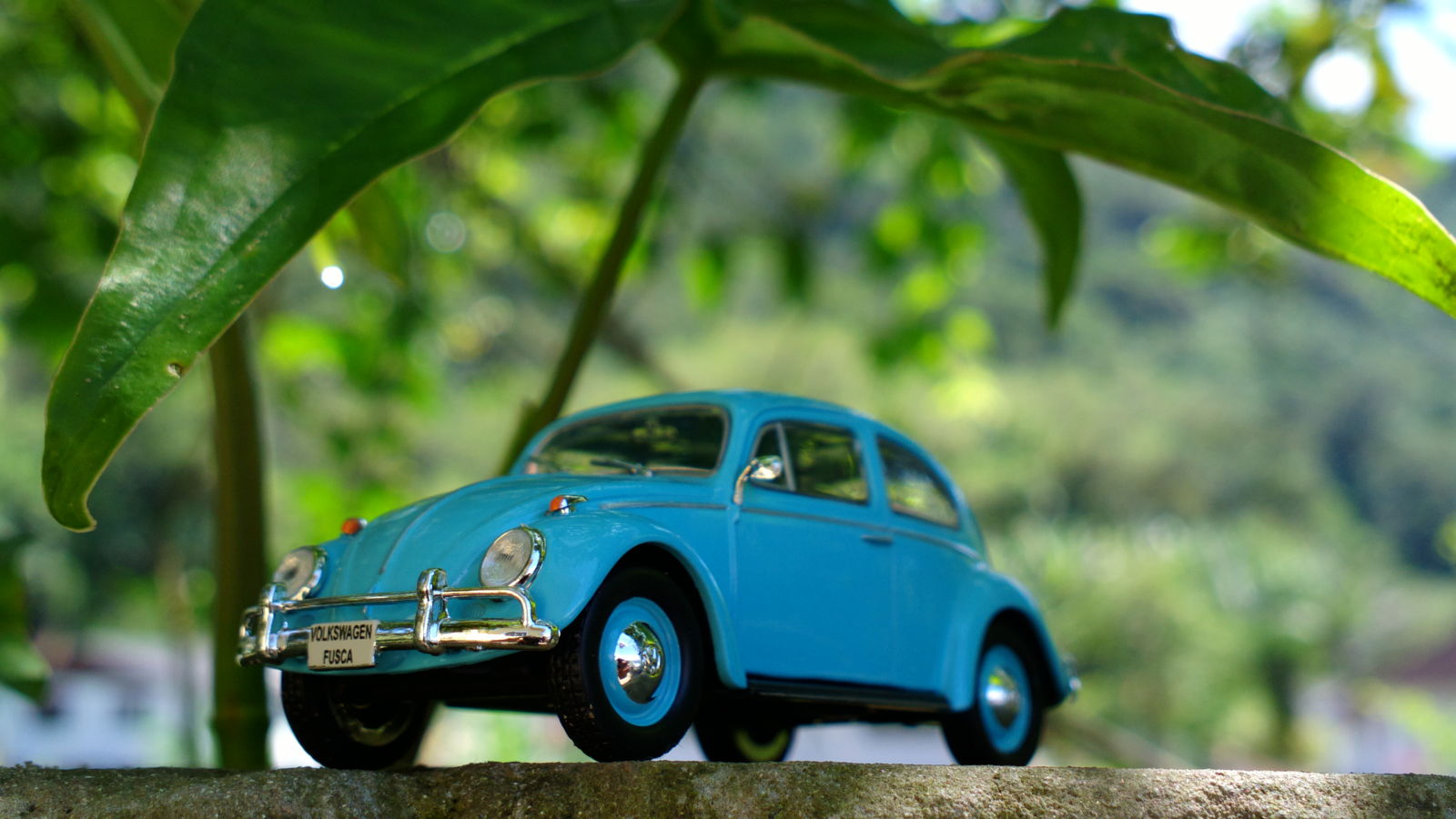
In the next years it became more and more “poweful”. The 1,300cc engine arrived in ‘67 and the 1,500 cc in 1970 with 44 cv! This was such an improvement that it soon was nicknamed as Fuscão (big Fusca). But the extra power demanded other modifications, and the rear axle was stretched by and extra 62mm. Plus, safety belts were now standard, and, as an option, front disc brakes! As a measure of its success, in ‘72 VW made their 1,000,000th Fusca here, and at each two new cars sold one of them was a Fusca. In ‘74 the 1600-S Bizorrão with 54 cv and a black plastic air scoop on the hood was released.

The Bizorrão was then the most equiped Fusca ever: Rev counter, smaller wheels with wider tires, oil thermometer, amperimeter, sportier steering wheel and better seats. On the engine, two carburettors! In ‘77 the full line got a lot of safety improvements, like the collapsable steering column and structural reinforcements. It got an external fuel opening, so you didn’t needed to pop the trunk to fill it up anymore.
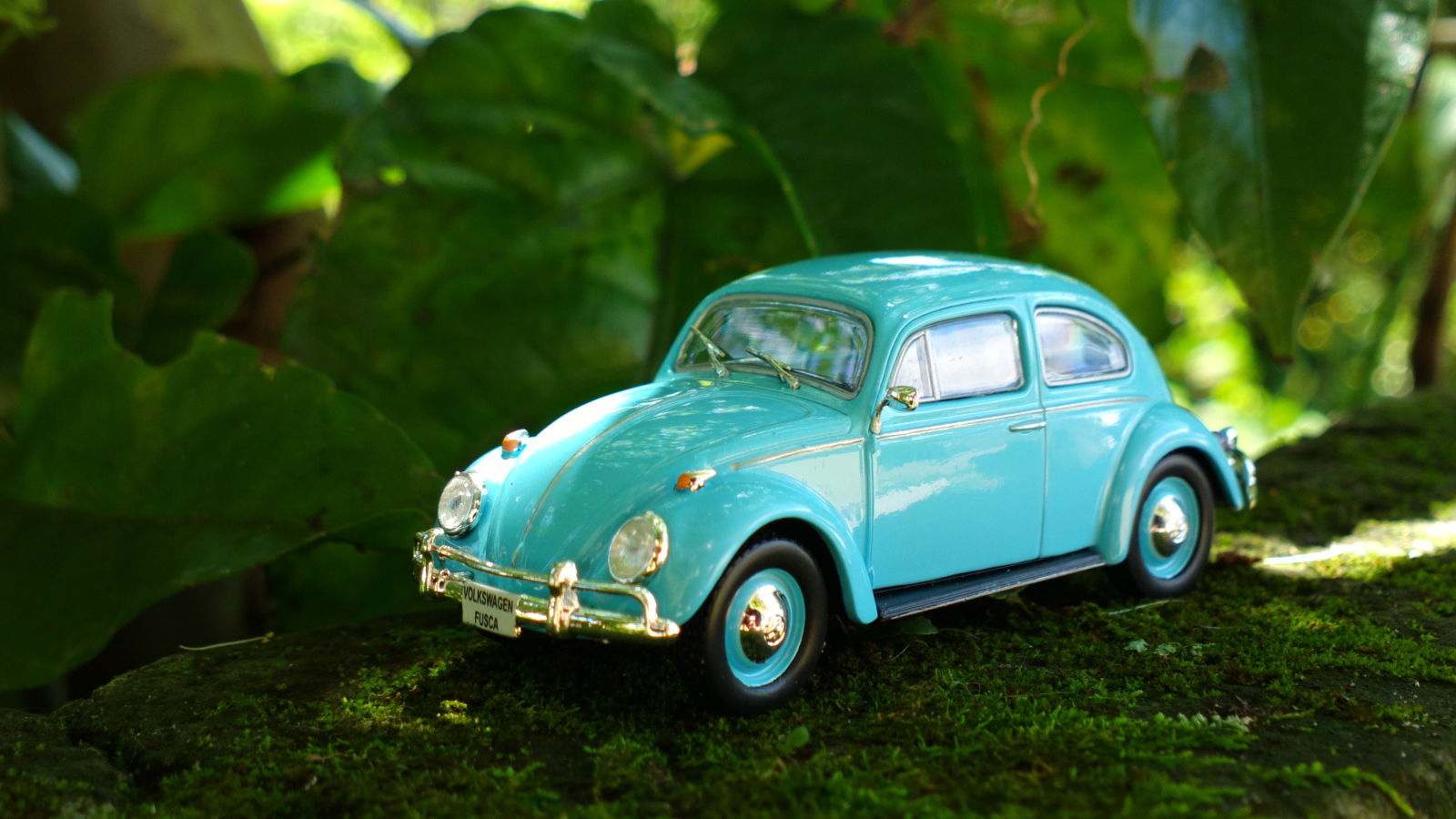
In ‘79 it got wider rear lights and in 1980 the world’s first alcoholic VW Beetle was released. The “luxury” 1300 GL version came in 1982 with AM/FM radio, cigarette lighter, headrests on the seats, rear window defogger and rubber details on the bumpers. This 1,300cc engine reigned supreme, and in ‘83 it was the only option you had. It all changed when this engine was discontinued in favor of a much more modern 1,600 cc engine.

But everyone was sad in 1986 when they announced the Última Série (Last Series), when the Beetle would be discontinued. These Última Séries had everything on the menu: Reclinable seats, metallic colors, much better interior finish... You name it. There were so many car on Brazilian market now that making the Fusca was becoming too expensive. It bid farewell, but not for long...
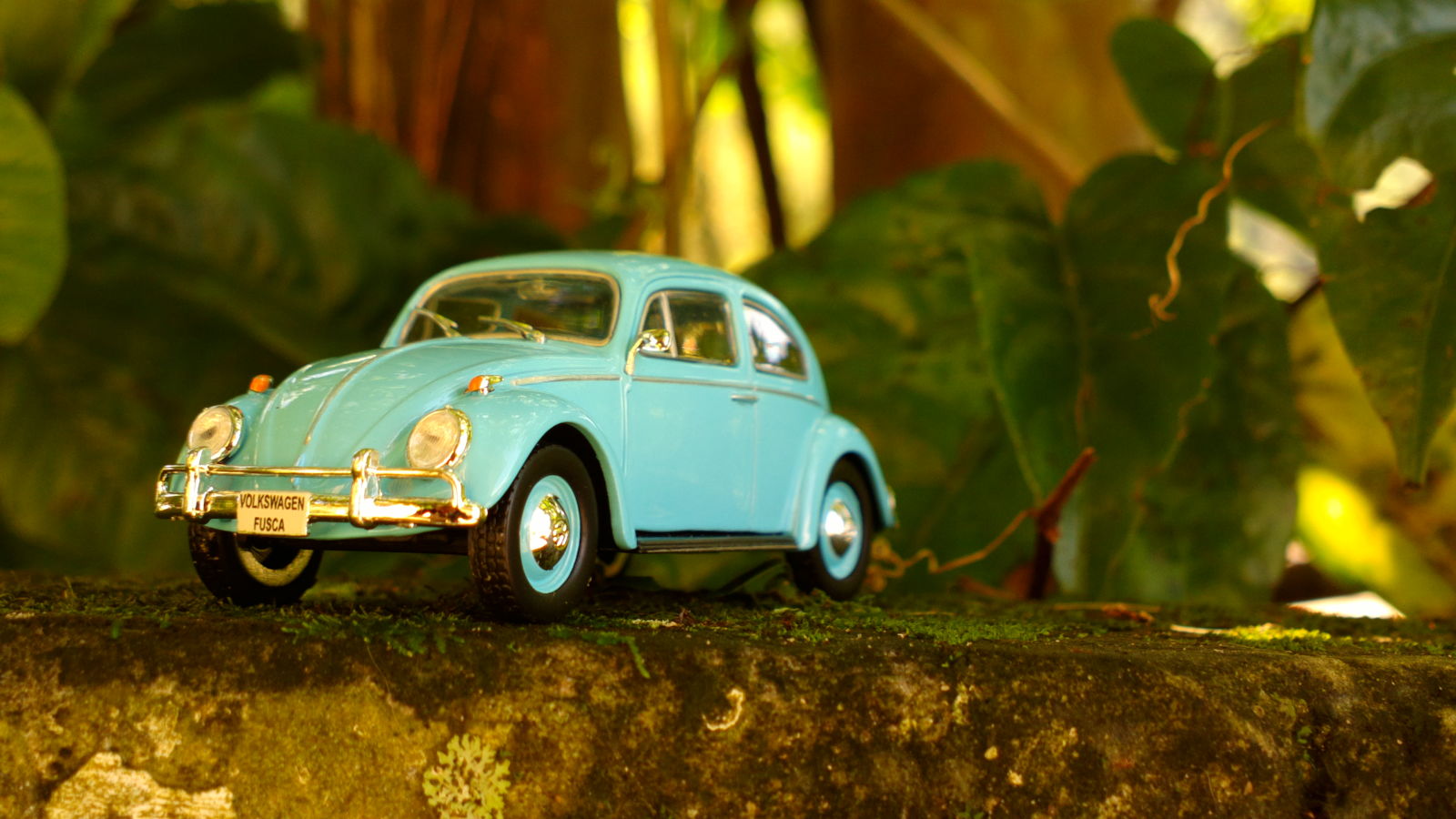
As a Zombie, it gained new life years after, but the story of the Fusca Itamar is for another episode...
Bonus ads:
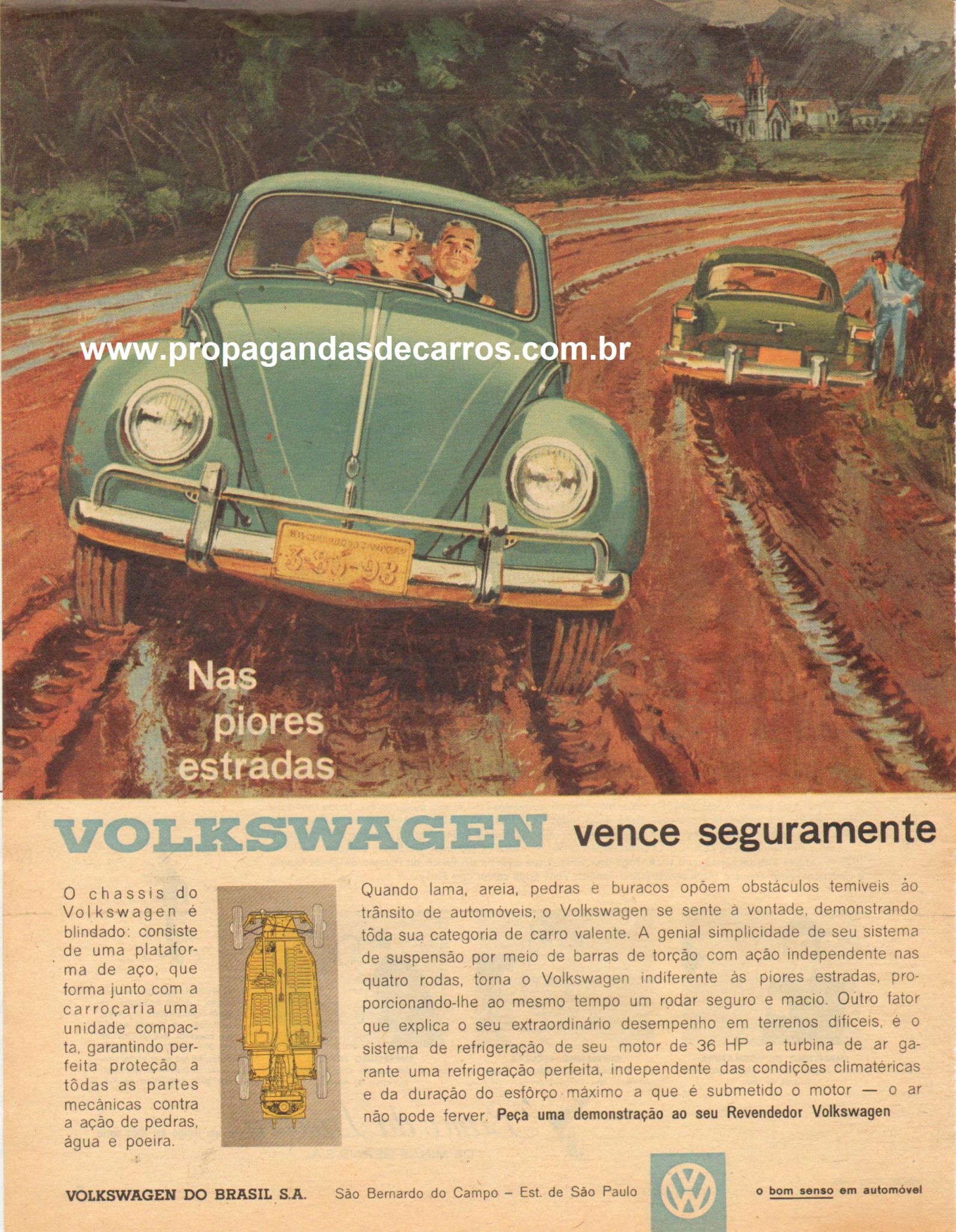
In the worse roads
Volkswagen wins safely.
The Volkswagen chassis is bulletproof: It is a steel platform that, with the body, makes a compact unity, making it completely protected agains rocks, water and dust. When mud, sand, rocks and potholes are feared obstacles to the automobiles, the Volkswagen is at ease, showing all its courage. The genial simplicity of its suspensions system with torsion bars with independent action on each of the four wheels makes the Volkswagen unaware of the worst roads, giving you the smoothest and safest driving. Another factor that explains its extraordinary performance in rough terrains is the refrigeration system of its 36 HP engine: The air circulation makes sure it gets the perfect refrigeration, independent of the climatic conditions and the duration of the maximum stress that’s exiged of the engine - air can’t boil.

Water:
With it you can make ice... can make steam... can make rust... and can forget it.
(When you have an air cooled car.)
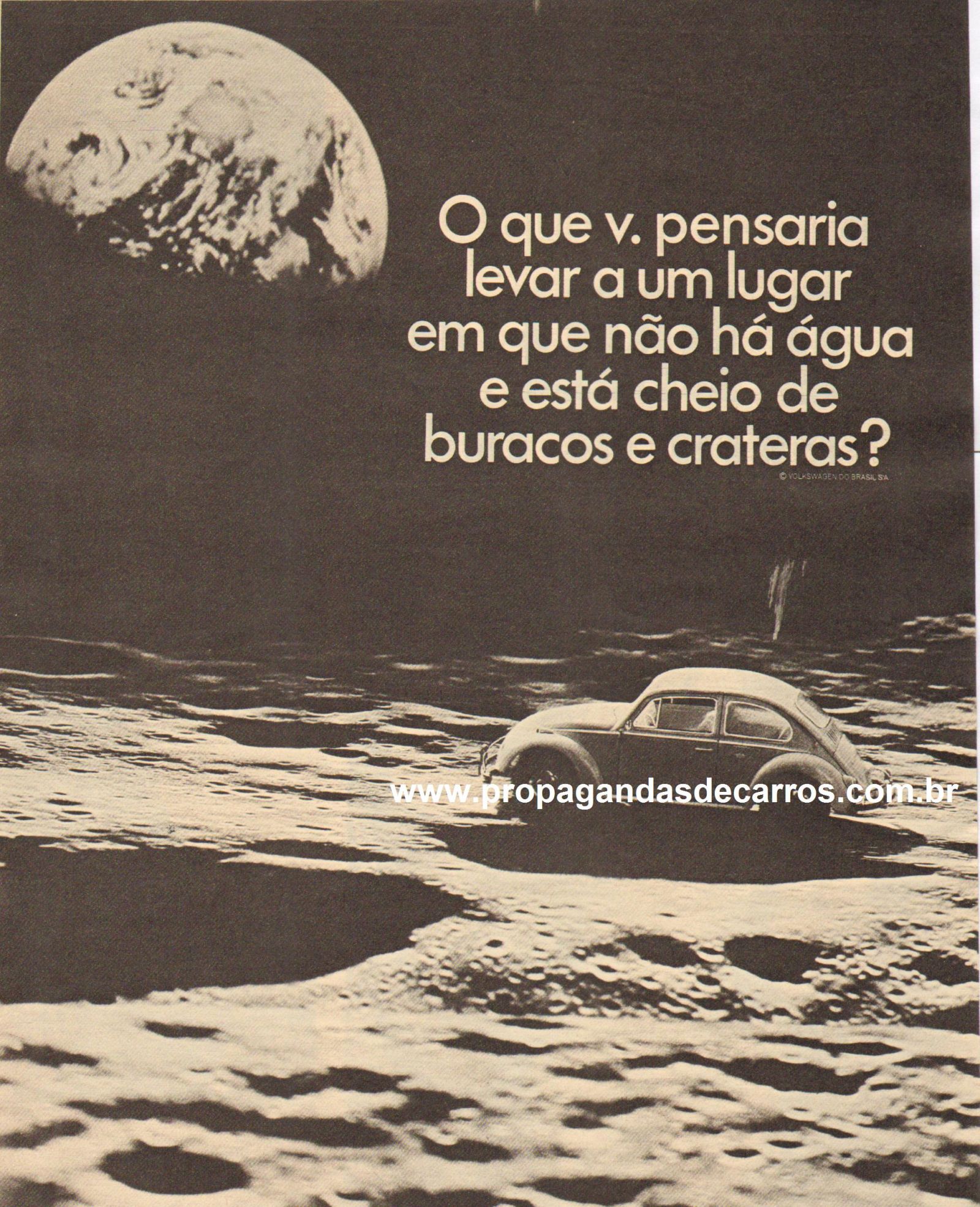
What would you take to a place without water and with a lot of potholes and craters?
Sources: